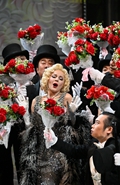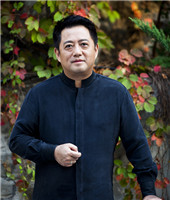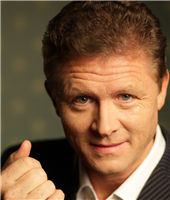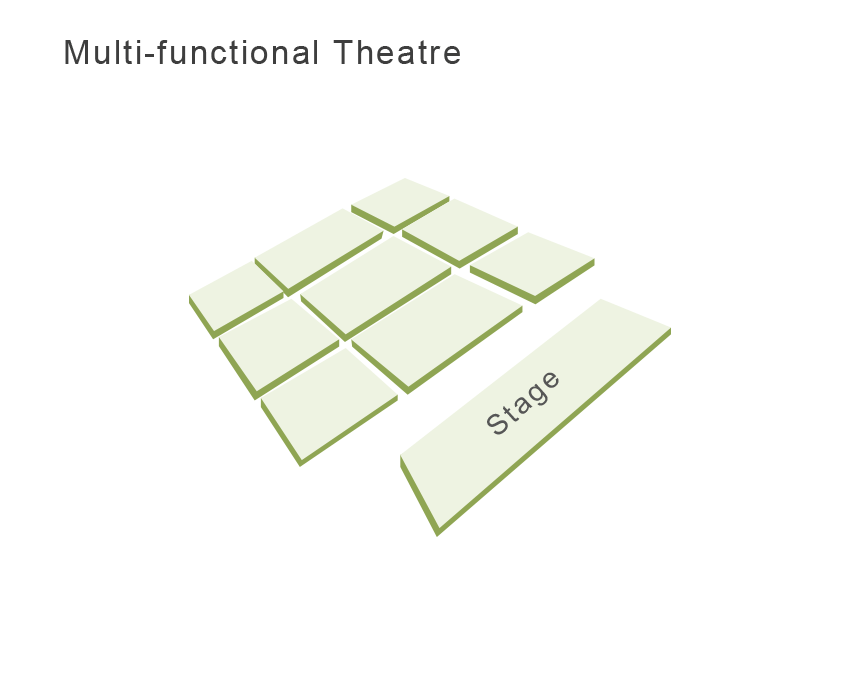The opera Das Rheingold is the first part of Wagner’s tetralogy Der Ring Des Nibelungen, which is based on Scandinavian and Nordic myths. The rest three parts are Die Walküre, Siegfried and Gotterdammerung. The work was premiered in Munich in 1869, and in 1876, Der Ring Des Nibelungen was performed in its entirety for the first time at the Bayreuth Festspielhaus, which was built specifically for Der Ring Des Nibelungen.
As an important work in Wagner’s later oeuvre, Der Ring Des Nibelungen represents the pinnacle of his artistic career. As a tetralogy (composed of Das Rheingold, Die Walküre, Siegfried and Gotterdammerung), Der Ring Des Nibelungen is hailed as Mount Everest in the opera world. It has exerted far-reaching influence on the development of music and arts. The entire work began to be written in 1848 and was completed in 1874, with a total of 26 years spent on its creation. Like Wagner’s other operas, Der Ring Des Nibelungen was created by Wagner himself, including everything from the script to the score. By combining literature with poetry, history with mythology, stage scenery with architecture and music with theatre, Wagner poured his persistent pursuit of “gesamtkunstwerk” into “musical theatre”, a comprehensive form of art. Considering the difficulty in interpreting music, the number of characters, the plentiful requirements of mythology for stage presentation, etc., Der Ring Des Nibelungen is undoubtedly a well-deserved “epic” masterwork and a touchstone for a theatre’s ability for opera production.
The Royal Opera House pointed out in the publication for its production of Der Ring Des Nibelungen, “The production of the opera Der Ring Des Nibelungen is a challenging thing that any influential opera house in the world cannot do unless they are ambitious to do so!” After successfully producing more than 70 operas, the NCPA has established a solid and reliable opera production system and accumulated a wealth of experience in opera production. We are confident and duty-bound to interpret the first part of this monumental work and take this as a new starting point to try the other three parts of Der Ring Des Nibelungen, a tetralogy, so as to have the NCPA’s version of Der Ring Des Nibelungen put on its entirety at an early date.
Among the four works encompassed in Der Ring Des Nibelungen, Das Rheingold is the shortest one, but it features the largest number of characters, each having distinct personality. As the performance lasts without interruption for two and a half hours, a multitude of characters in Der Ring Des Nibelungen, including the three Nymphs of the Rhine, the Nibelung dwarf Alberich, the gods who have different thoughts, the giant brothers Fafner and Fasolt, etc., have the tone set for their acting in this opera, then with their characters and personalities appearing throughout the tetralogy.
This round of performances will be put on under Music Director LÜ Jia’s baton, and Stefano Poda, a heavyweight director, will be in charge of the creative team. Poda successfully produced the French-language opera Roméo et Juliette for the NCPA. It made a stunning debut on the world opera stage, arousing a passion for the new aesthetic style created for opera performance by the NCPA. In the current collaboration, he will continue to present the magnificent poem with modern stage vocabulary and create a new aesthetic peak of stage presentation to build his world of gods.
Creative
Conductor: LÜ Jia
Director/ Choreographer/ Set & Costume & Lighting & Projection Designer: Stefano Poda
Artistic Collaboration/ Assistant Designer: Paolo Giani Cei
Cast
Wotan (Baritone): Egils Silins
Donner (Baritone): Robert Bork
Froh (Tenor): WANG Chuan
Loge (Tenor): Christian Franz
Fricka (Mezzo-soprano): Bettina Ranch
Freia (Soprano): Tanja Kuhn
Erda (Mezzo-soprano): NIU Shasha
Alberich (Baritone): Tomas Tomasson
Mime (Tenor): Arnold Bezuyen
Fasolt (Bass): Andrea Silvestrelli
Fafner (Bass): GUAN Zhijing*
Woglinde (Soprano): QIN Kanru
Wellgunde (Soprano): XU Xiaoying
Flosshilde (Mezzo-soprano): ZHANG Yajie
*NCPA Resident Singer
Here is the Rhine River, where the three nymphs, who are designated defenders of Rhine gold, are playing for fun in the water. The Nibelung dwarf Alberich breaks in accidentally and steals gold from under the water in an attempt to make the gold into a ring that will help to rule the world. At the top of mountains, the head of the gods, Wotan, asks giants Fafner and Fasolt to build him a castle by promising to reward them with Goddess of Youth, Freia. But when the construction is completed, Wotan feels reluctant to give up Freia. Together with God of Fire, Loge, Wotan convinces the giants to agree that he can ransom Freia with treasures.
Wotan and Loge sneak into the underground kingdom of the Nibelungs, ruled by Alberich, and capture Alberich alive by artifice. They also loot Alberich’s treasures and ring. Alberich, who has nothing at all and therefore flies into a rage out of humiliation, makes a curse that the ring will bring about inexhaustible jealousies and endless slaughters. Freia is saved, while the curse does come true - when they divide the spoils, Fafner kills Fasolt in public to get the ring. God of Thunder, Donner, calls on thunder and lightning to clear the sky and earth. Froh builds a rainbow bridge in the sky. Then Wotan leads the gods to their new residence, which is named “Castle Valhalla”. In the distance, the Nymphs of the Rhine are still murmuring sadly at the theft of the gold…
 Repertoire
Repertoire
 Films
Films
 Videos
Videos
 Podcast
Podcast
 China NCPA Orchestra
China NCPA Orchestra
 China NCPA Chorus
China NCPA Chorus
 NCPA Resident Singers
NCPA Resident Singers
 NCPA Drama Ensemble
NCPA Drama Ensemble
 Buildings
Exhibitions
Buildings
Exhibitions
 Opening Hours
Services
Opening Hours
Services
 Western Cuisine
NCPA Café
Arts Gifts
Western Cuisine
NCPA Café
Arts Gifts

































 歌剧院
歌剧院
 音乐厅
音乐厅
 戏剧场
戏剧场
 小剧场
小剧场












